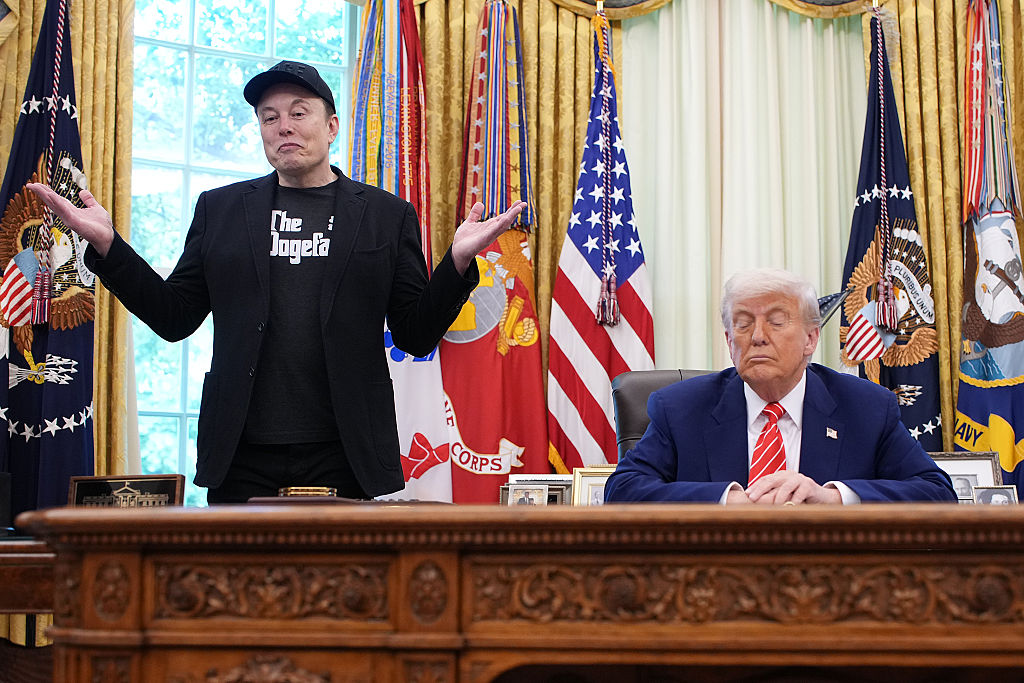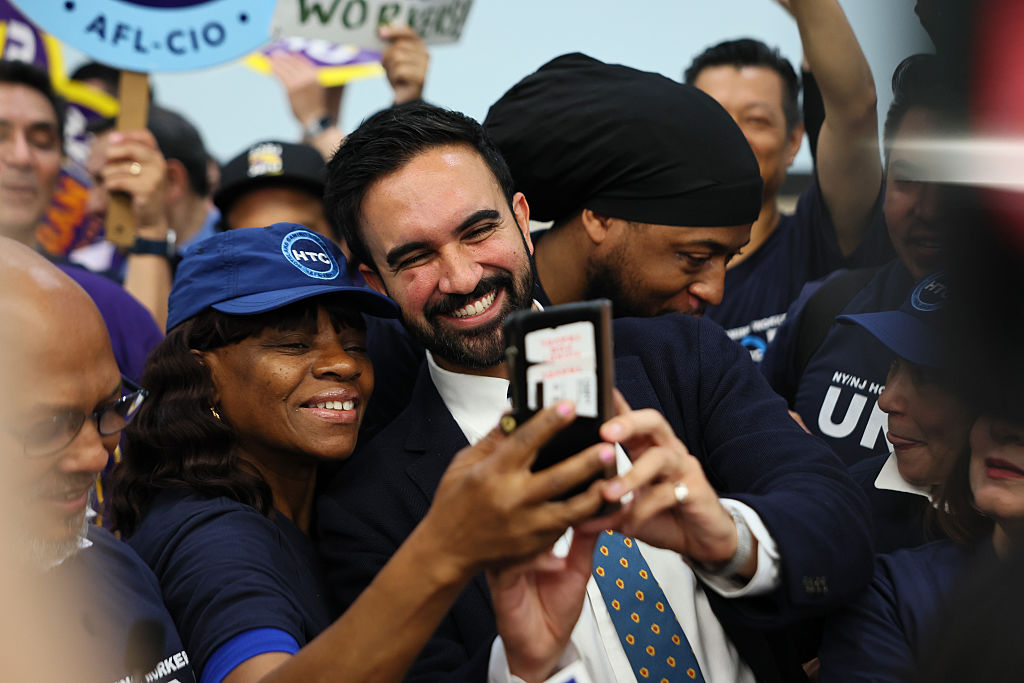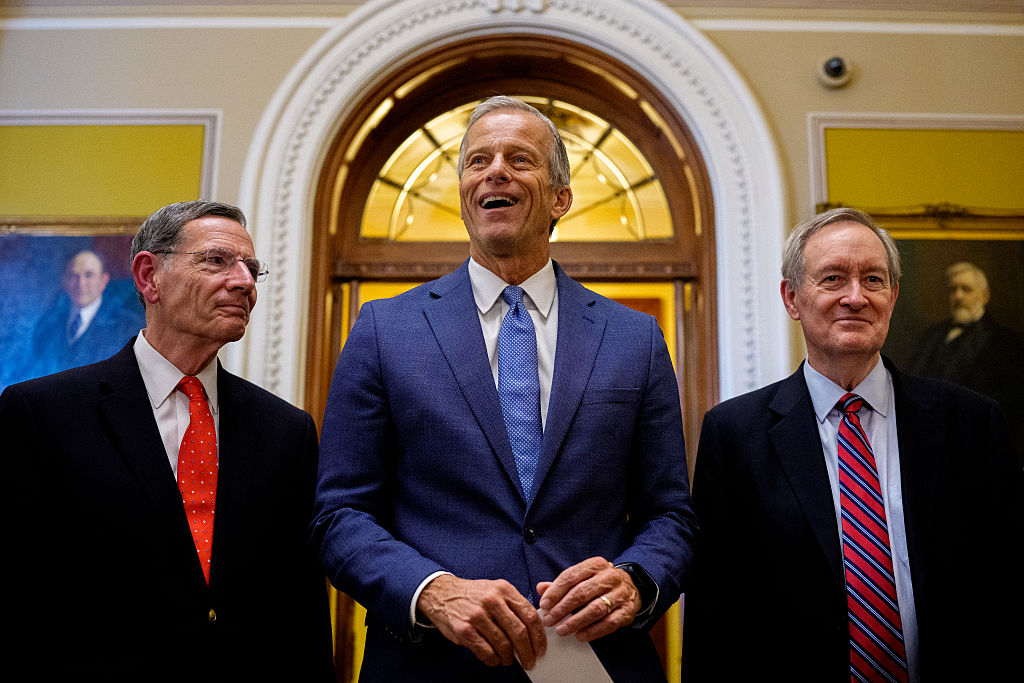Bernie Sanders is the bottomless cup of bad ideas. He keeps refilling it. Take his latest venti, a law that says everybody gets to work thirty-two hours for forty hours pay. That’s a magical 25 percent pay increase. His next trick is to pull free steak dinners out of a hat.
What do you think would actually happen if such Bernie’s law were passed, enforced and found constitutional? (None of those would actually happen, of course.) The immediate effects would be another 25 percent price increase for labor-intensive products, a huge burden on low-income consumers and an additional incentive to replace more expensive workers with machines and computers.
The substitution of capital for labor is an on-going process, but Bernie would supercharge the effort and create incentives for innovators to come up with products, machines and computer programs that performed those tasks at lower costs. The more expensive the tasks, the greater incentive to figure out ways to save money on them.
Bernie’s Magic Pay Raise would create a major incentive to hire people off-the-books (for the true market price) or to have them work extra hours that way. It would create new incentives for employers to hire workers as individual subcontractors, rather than wage workers. And, of course, it would lead to tens of thousands of court cases where employees were sued for violating the new wage rules. Since the wages would be above market rates (otherwise there would be no need for a mandate), the yearly increases would lag inflation so that real wages would gradually return to market rates.
Let’s step back and ask some larger questions, too. The place to begin is with the US labor market that Bernie is determined to change. Currently, there are well over 165 million people in the US civilian workforce. They are employed by more than 6 million firms, 99.7 percent with fewer than 500 employees. (98.1 percent will fewer than 100 employees.) The market economy is a voluntary matching arrangement between workers and these firms.
One advantage of a free and open market for labor is that the potential employees and employers do their own matching. They act within general laws, such as those prohibiting racial discrimination (except for DEI regulations that require it) and others that mandate health and safety measures and withholding for taxes and Social Security.
The more onerous the laws, the more employees and employers will figure out how to work around them. Few households, for example, actually withhold Social Security for someone who comes once a week to clean the house or mow the yard. Very few employees want that withholding since it would reduce their current wages. They would rather take the “bonus” under the table, just as many take their wages.
The more general point is that the labor market is a very complex, decentralized matching operation. It requires both employees and employers to search to the right combination of qualification, total employees, salaries and hours, and working conditions. They are constrained by the effects of the wage bill on end-prices and the subsequent demand for their products and services.
To hear how that works, just listen to radio ads for truckers, who are currently in high demand. The rear door of every eighteen-wheeler has a notice asking prospective drivers to call some 800 number to work “our great company.” The radio ads compete for those drivers by offering them a choice of day trips or longer round-trips, cheaper fuel, better retirement packages and so on. If the drivers want to act as individual contractors, rather than salaried employees, the companies offer to finance their trucks. They are searching for the right incentives, subject to the limits of pricing in competitive markets. The employers would give them a free dog if they thought it would help.
What about overall salaries? Those are have risen over time as productivity has risen. Some workers prefer to take that bonus in the form of fewer hours; others in the form of longer hours for more total compensation. They would rather buy a better car than have more leisure hours, or vice versa. Bernie Sanders’s diktat is one-size-fits-all. But not everyone is the same size.
The indirect effects matter, too — often immensely. The higher the salaries, the greater incentive to minimize the number of employees or working hours, typically by substituting better machines for people. That would be an utterly predictable effect of Bernie’s Magical Wage Increase. If you tripled the wages of truck drivers, you would create even greater incentives to build self-driving trucks and greater incentives for logistics companies to buy them.
At times, even the most progressive legislators grasp the underlying point. That’s why they want to raise the price of fossil fuels. They know it will increase the incentives to use alternative fuels now and in the future, increase the incentives to innovate and create new alternative fuels, and decrease the incentives to invest in fossil fuel production. Those effects — minimizing consumption and fostering innovation because of higher prices — is why the first two fuel crises (1973-74 and 1979-80) led to the installation of double-paned windows in new homes and office buildings and retrofitting many old ones. Higher fuel prices were enough to change behavior.
One characteristic feature of government diktats, like Bernie Sanders’s proposal, is that they act directly and often clumsily on markets without knowing all these indirect effects. Yet it is the indirect effects, often unknowable in advance, that do so much of the heavy lifting.
Electric lights are a great example of these indirect effects and technological changes. If you are old enough, you remember your mom and dad’s instruction to “turn off the lights when you leave the room.” Parents told kids that as late as the 1990s, and some people still follow that advice, out of habit. Nobody knew it at the time, but that instruction was a by-product of how inefficient incandescent bulbs were. Ever since Edison invented the electric light, bulbs ran electricity through a filament, which gave off a glow as it was heated. Most of the electricity was wasted as heat, not light, but customers paid for all of it. Not with today’s bulbs. LEDs don’t waste any electricity as heat. That’s why a 9-watt LED gives off the same light (lumens) as a 60-watt incandescent. The seven-to-one ratio tells you that six-sevenths of the wattage was wasted by the old incandescent bulbs.
When LED bulbs were first introduced, a lot of consumers avoided them because the lighting was so harsh and “blue.” That was a soluble problem, and the first to solve it could charge a bonus (temporary monopoly price) for their better bulbs. That incentive led to lots of innovative research, which is why you can buy “soft white” LEDs today.
Or take paper recycling. “Save the trees.” What really saved them was Steve Jobs and Bill Gates. You don’t have to recycle the paper you are reading this article on. You are reading it on screen.
The Bernie Sanders solution would have been dictated recycling. Yet it was the improvement of computer screens and the instantaneous delivery of content that proved far more consequential. And it didn’t entail the loss of freedom that is included with every government diktat. The mass sales of computers also dramatically decreased the price of computers, increased their power, and made them ubiquitous. Very poor people now have more computing power in their pockets than the richest corporations in the 1990s.
Bernie, Alexandria Ocasio-Cortez and their ilk will never learn those lessons. But the rest of should. What are some of the lessons? One is that the indirect effects of market interventions are often more powerful than the direct effects. Another is that competitive markets, such as America’s labor markets, are very complex institutions with countless indirect effects that are unknowable in advance. When you stick your hand into that complex machinery, it’s impossible to predict the consequences, even the most important ones.
All too often, you will just rip up your hand, all the while screaming you had the best of intentions.


























Leave a Reply